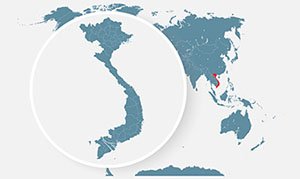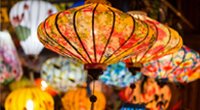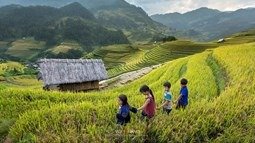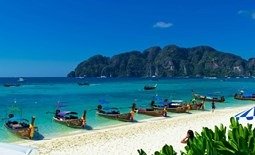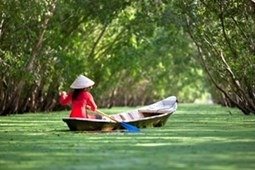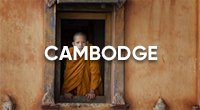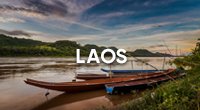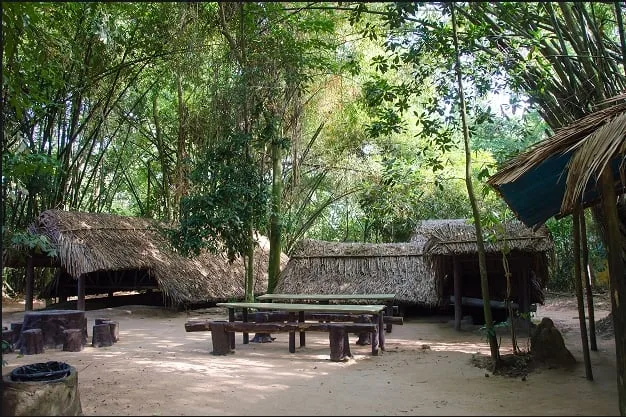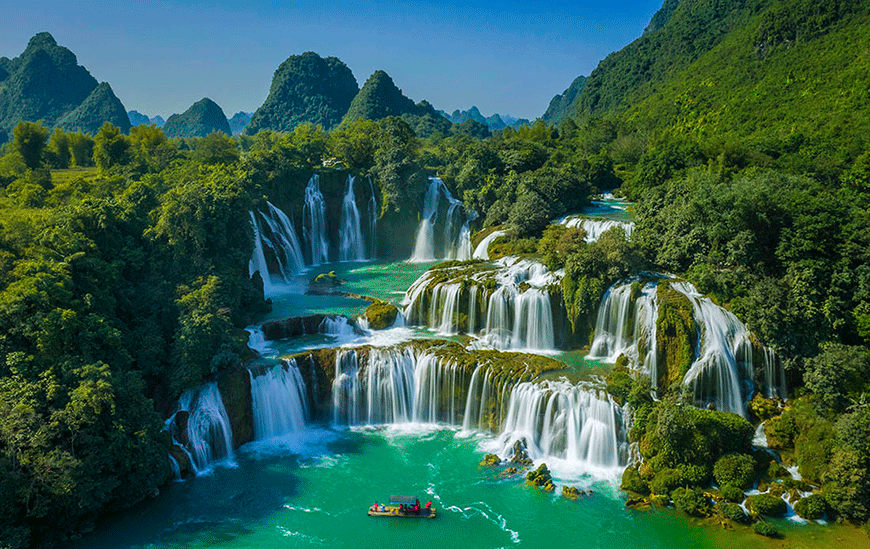Contents
TogglePostcard-PerfectLandscapes
Vietnam stretches gracefully in a long, slender S-shape along the eastern edge of the Indochinese Peninsula. This unique geography has gifted the country with an extraordinary diversity of landscapes—from towering limestone peaks and fertile deltas to golden beaches and tropical islands.
To the west, the Truong Son Mountains (Annamite Range) create a rugged natural border with Laos and Cambodia. To the east, Vietnam opens to the sea with more than 3,400 kilometers of coastline, touching the Gulf of Tonkin, the East Sea (South China Sea), and the Gulf of Thailand.
Traditionally, Vietnam is divided into three distinct regions, each with its own scenery, traditions, and spirit of life:
- Northern Vietnam – rice terraces, high mountain passes, and the legendary seascape of Halong Bay.
- Central Vietnam – golden beaches, imperial cities, and one of the world’s greatest cave systems.
- Southern Vietnam – bustling metropolises, tranquil islands, and the lush waterways of the Mekong Delta.
1.1 Northern Vietnam
The north is where Vietnam reveals its most dramatic contrasts. Here, jagged mountains meet emerald bays, while timeless villages sit alongside buzzing modern cities.
- The Hoang Lien Son Range – home to Fansipan, the “Roof of Indochina,” and the terraced valleys of Sapa, where ethnic minority communities preserve centuries-old traditions.
- Ban Gioc Waterfall (Cao Bang) – one of Southeast Asia’s most spectacular cascades, straddling the border with China.
- Ba Be Lake (Bac Kan) – a serene freshwater lake surrounded by limestone cliffs, caves, and ethnic Tay villages.
- Dong Van Karst Plateau Geopark (Ha Giang) – a UNESCO-recognized landscape of dizzying mountain passes, rocky peaks, and winding roads beloved by motorbike travelers.
- Halong Bay (Quang Ninh) – a world icon, where nearly 2,000 limestone karsts rise from jade waters, creating a setting so otherworldly it has inspired legends and poetry for centuries.
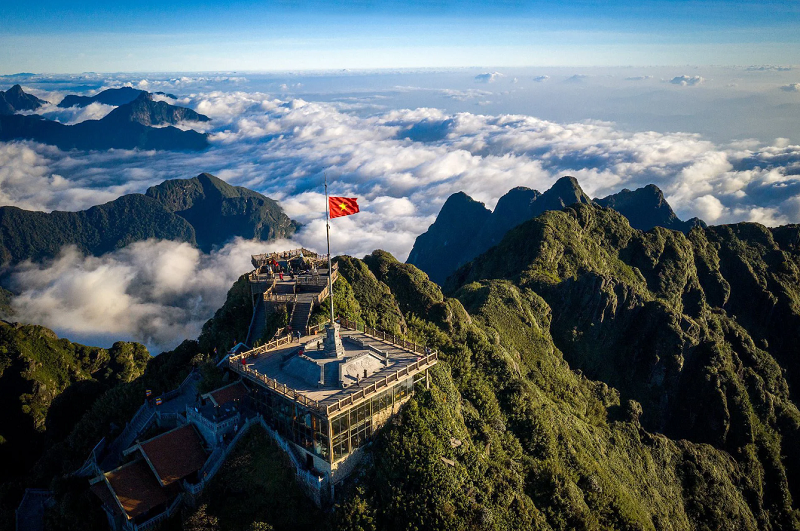
Nearby, the capital city of Hanoi offers a different kind of charm. The Old Quarter hums with narrow streets, colonial buildings, and a thousand years of history. Just a few hours south, Ninh Binh, often called “Halong Bay on land,” dazzles with karst formations, temples, and winding rivers.
1.2 Central Vietnam
Central Vietnam is where history, beaches, and natural wonders come together. This region, stretched between mountains and sea, has long been a cultural crossroads, shaped by the Cham, Vietnamese, and colonial French.
- Phong Nha–Ke Bang National Park – a UNESCO World Heritage Site famous for its limestone caves and underground rivers, including Son Doong Cave, the largest in the world.
- Da Nang – a vibrant coastal city with My Khe Beach, the Marble Mountains, and the spectacular Dragon Bridge. It’s a perfect blend of modernity and seaside relaxation.
- Hoi An – a UNESCO-listed port town, frozen in time with lantern-lit streets, Japanese merchant houses, Chinese temples, and riverside cafés. Just beyond lies An Bang Beach, offering sun and surf.
- Hue – Vietnam’s imperial capital, where the Perfume River winds past royal tombs, pagodas, and the vast moated Citadel that once housed emperors.
This region captures both Vietnam’s imperial past and its relaxed beach culture, making it one of the country’s most enchanting areas for travelers.
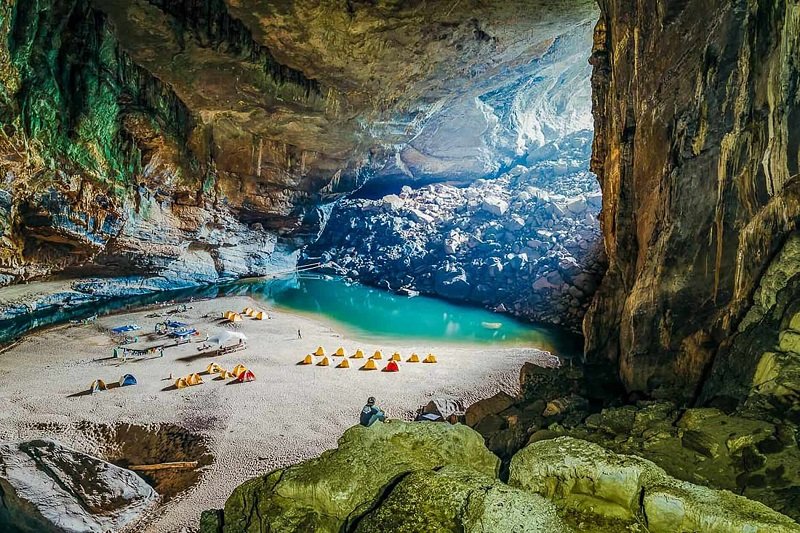
1.3 Southern Vietnam
The south presents yet another face of Vietnam: energetic cities, tropical islands, and fertile river plains.
- Ho Chi Minh City (Saigon) – the economic heart of Vietnam, a place where French boulevards, skyscrapers, bustling markets, and motorbike traffic all collide.
- Nha Trang Bay – recognized as one of the most beautiful bays in the world, with turquoise waters, islands, and vibrant nightlife.
- Mui Ne (Phan Thiet) – Vietnam’s kitesurfing capital, also known for its surreal red and white sand dunes.
- Dalat (Central Highlands) – a cool retreat of pine forests, waterfalls, and flower gardens, once favored by French colonials.
- Con Dao Islands – remote and pristine, with coral reefs, hiking trails, and a haunting history as a former prison archipelago.
- Phu Quoc Island – Vietnam’s tropical jewel, known for palm-fringed beaches, luxury resorts, pepper farms, and spectacular sunsets.
- Mekong Delta – a labyrinth of rivers, canals, and floating markets where life is lived on water. Here, boats overflowing with fruit, flowers, and fish turn the river into a floating marketplace.
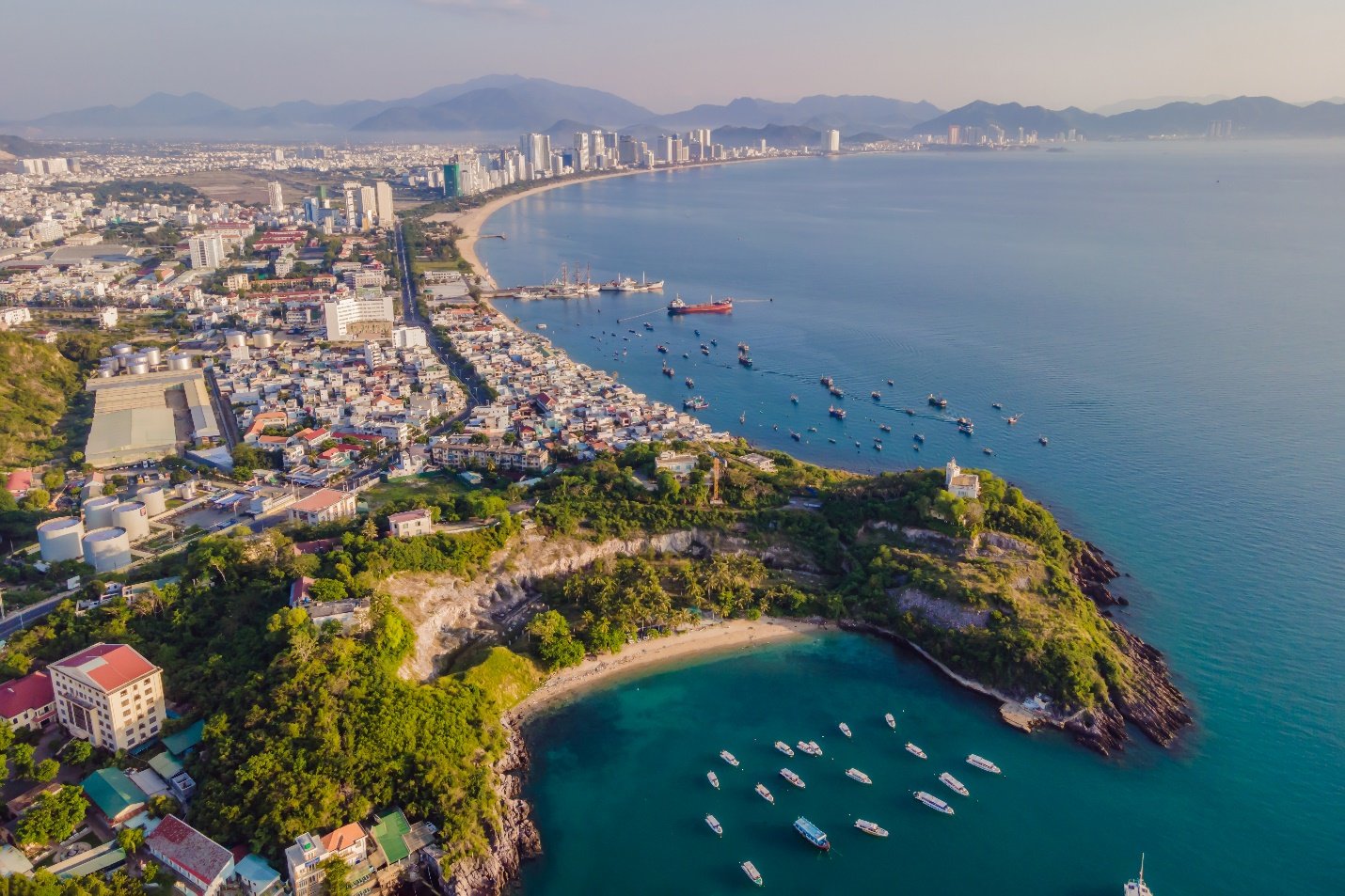
A Journey ThroughArt and History
Vietnam’s landscapes are breathtaking, but its history and culture are equally captivating. Every region tells a different chapter of the country’s story.
- Hue – The Imperial City, once home to the Nguyen emperors, where moss-covered gates, majestic palaces, and ornate royal tombs still stand as echoes of Vietnam’s dynastic past.
- Hanoi – With its French colonial villas, tree-lined boulevards, and historic bridges, the capital reflects a blend of Asian tradition and European influence.
- Hoi An – Once a thriving port, it is now a living museum of Chinese assembly halls, Japanese merchant houses, and French architecture.
- My Son Sanctuary (Quang Nam) – The spiritual heart of the Champa Kingdom, with red-brick temples that have endured since the 4th century.
- Ho Chi Minh City (Saigon) – A city of contrasts, where modern skyscrapers stand alongside reminders of the Vietnam War: the War Remnants Museum, Cu Chi Tunnels, and the Reunification Palace.
Together, these sites form a tapestry of Vietnam’s past—empires, trade routes, colonial encounters, and struggles for independence—all of which have shaped the country we see today.
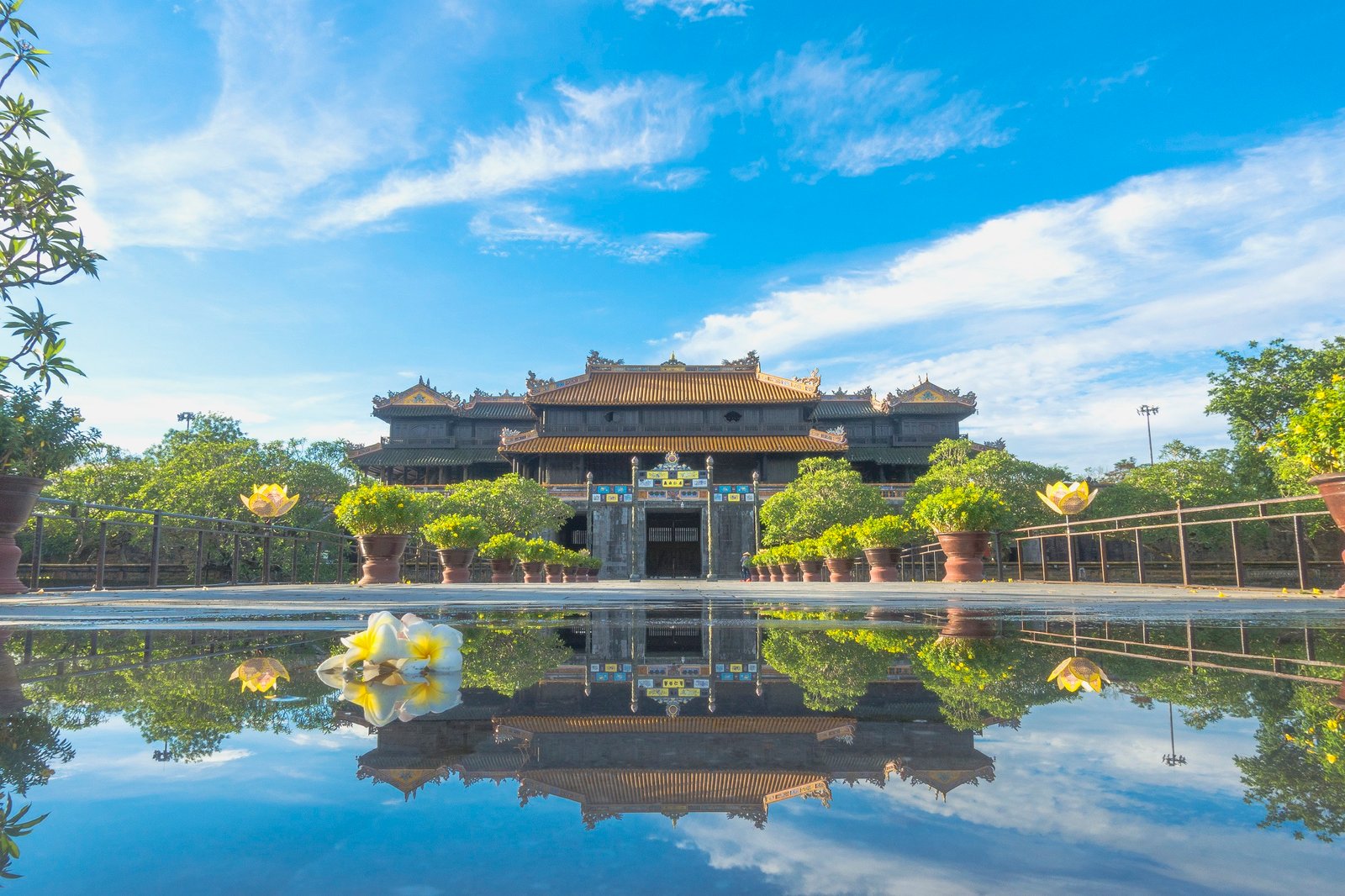
A Unique CultureRootedin Rice and Street Life
Vietnam’s culture is not confined to museums or historic sites—it’s something you live and breathe in everyday encounters. Much of it is tied to rice, which has long been the heart of Vietnamese life. From the emerald-green terraces of the north to the sprawling paddies of the Mekong Delta, rice is more than food: it is tradition, labor, and identity.
- Festivals and Traditions – The Vietnamese calendar is dotted with celebrations. Tet (Lunar New Year), the most important holiday, is when families reunite, homes are decorated with peach blossoms or kumquat trees, and streets fill with red and gold. The Mid-Autumn Festival is another highlight, with lantern parades, lion dances, and children sharing mooncakes.
- Handicrafts – Across the country, artisans keep centuries-old skills alive. Villages specialize in weaving, ceramics, lacquerware, and bamboo work. Visiting a craft village near Hanoi or Hue lets travelers witness the meticulous artistry behind everyday objects.
- Street Life – The soul of Vietnam is found on its sidewalks. Pavements double as open-air living rooms: families share meals, vendors sell steaming bowls of noodles, and even barbers set up chairs under shady trees. Watching daily life unfold is as fascinating as visiting any landmark.
- Water Puppetry – A folk performance that dates back nearly a thousand years, water puppetry originated in the flooded rice paddies of the Red River Delta. Today, Hanoi’s Thang Long Water Puppet Theatre offers a glimpse of this playful art, where wooden puppets dance and splash across the water to the sound of drums, flutes, and folk songs.
- Motorbikes Everywhere – With over 60 million motorbikes in the country, two wheels are Vietnam’s true heartbeat. From families of four balancing on one scooter to vendors carrying entire flower shops on the back of a bike, the streets are a moving mosaic of ingenuity and rhythm.

ExceptionalHospitality
Vietnam is home to 54 ethnic groups, each with its own language, dress, and customs. This cultural tapestry is woven into the mountains, plains, and deltas, offering visitors endless opportunities for connection.
- In the northern highlands of Ha Giang, Hmong, Tay, Dao, and other communities welcome travelers into their stilt houses with bowls of corn wine and stories passed down through generations.
- In the Central Highlands, gongs and communal houses reflect traditions that UNESCO has recognized as intangible cultural heritage.
- In the Mekong Delta, life flows with the rivers, and visitors are often invited aboard boats or into homes to share a meal of freshly caught fish and tropical fruits.
Even in cities, where modern life is fast-paced, the warmth of the Vietnamese people shines through. Locals are quick to help lost travelers, invite them for tea, or share recommendations with a smile. Hospitality is rarely about luxury—it’s about sincerity, and the memories often last longer than the places themselves.
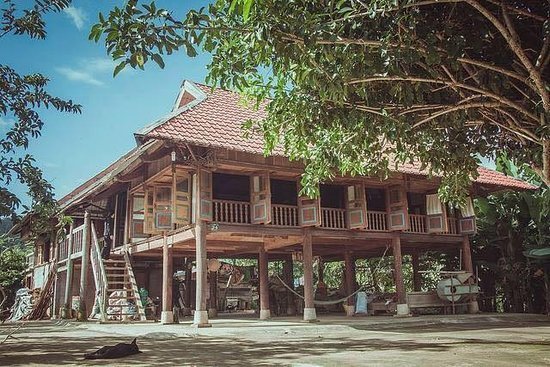
Exquisiteand Exotic Cuisine
Vietnamese cuisine is one of the country’s greatest treasures, celebrated for its freshness, balance, and bold flavors. Meals are often a harmony of five elements—sweet, salty, sour, bitter, and spicy—reflecting a philosophy of balance and well-being.
Dishes not to miss include:
- Phở – A fragrant noodle soup flavored with star anise, cinnamon, and herbs, eaten morning, noon, or night.
- Bún Chả (Hanoi specialty) – Grilled pork served with rice noodles, herbs, and dipping sauce.
- Bánh Mì – A crispy baguette filled with pâté, pickled vegetables, and fresh herbs—a legacy of French colonial influence made distinctly Vietnamese.
- Bún Bò Huế – A spicy, lemongrass-infused beef noodle soup from central Vietnam.
- Cơm Tấm – “Broken rice,” a humble dish topped with grilled meat, egg, and pickles, especially popular in southern Vietnam.
But perhaps the best way to experience Vietnamese food is on the street. Sitting on a tiny plastic stool by a sidewalk stall, chopsticks in hand, surrounded by sizzling woks and the chatter of locals, is as authentic as it gets.
To complete the experience, sample Vietnam’s legendary coffee culture:
- Cà phê sữa đá – iced coffee with condensed milk.
- Cà phê trứng – egg coffee, a Hanoi specialty with a creamy, frothy top.
- Coconut coffee – blending robust coffee with the sweetness of coconut milk.
Pair this with fresh tropical fruits—mangosteen, rambutan, dragon fruit, or durian—and you have a feast that reflects both the land’s abundance and the creativity of its people.
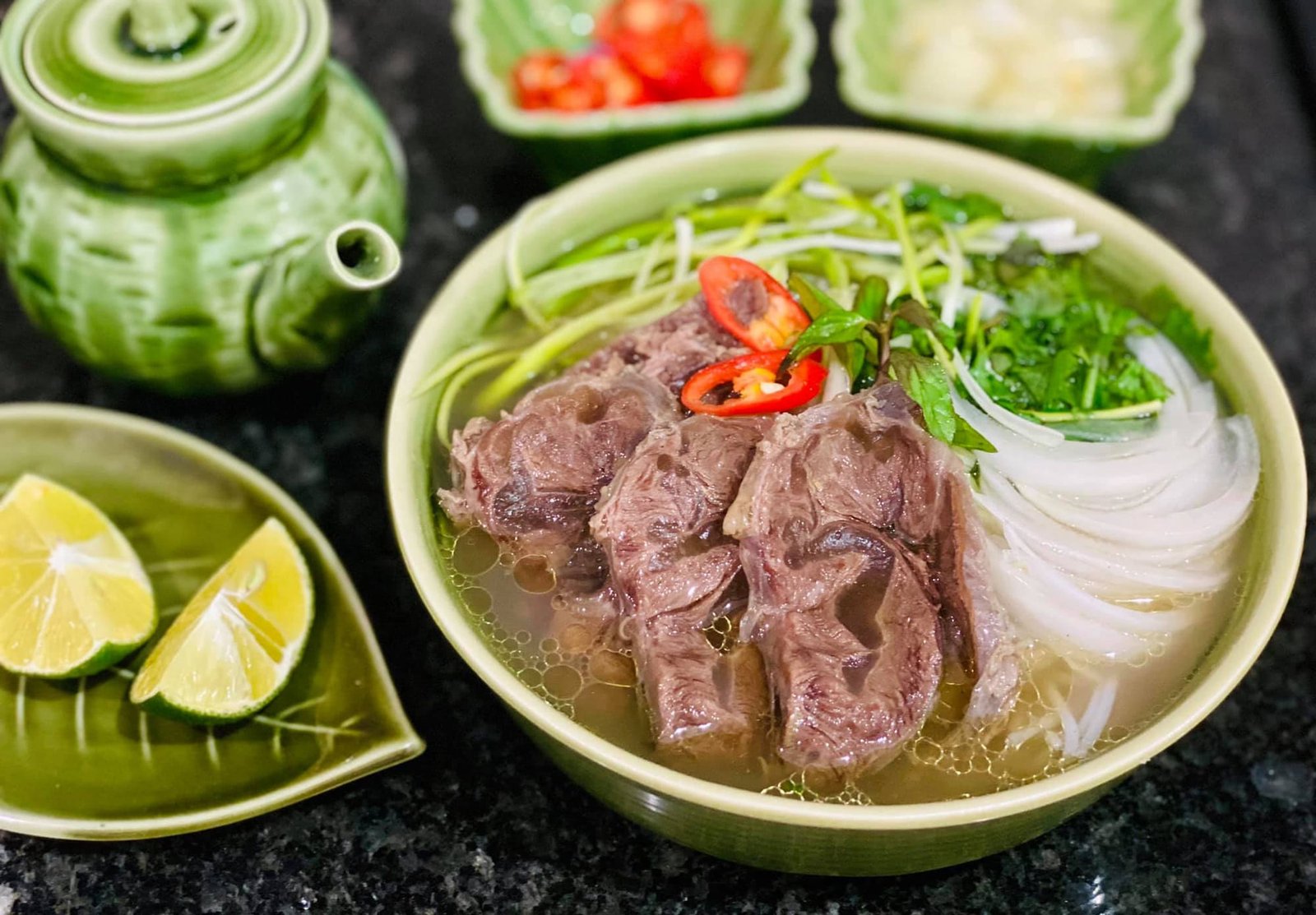
Conclusion
From breathtaking landscapes and rich history to warm hospitality and world-class cuisine, Vietnam offers an unforgettable journey for every traveler. Safe, affordable, and endlessly fascinating, it’s the perfect destination to reset, recharge, and discover something new.

